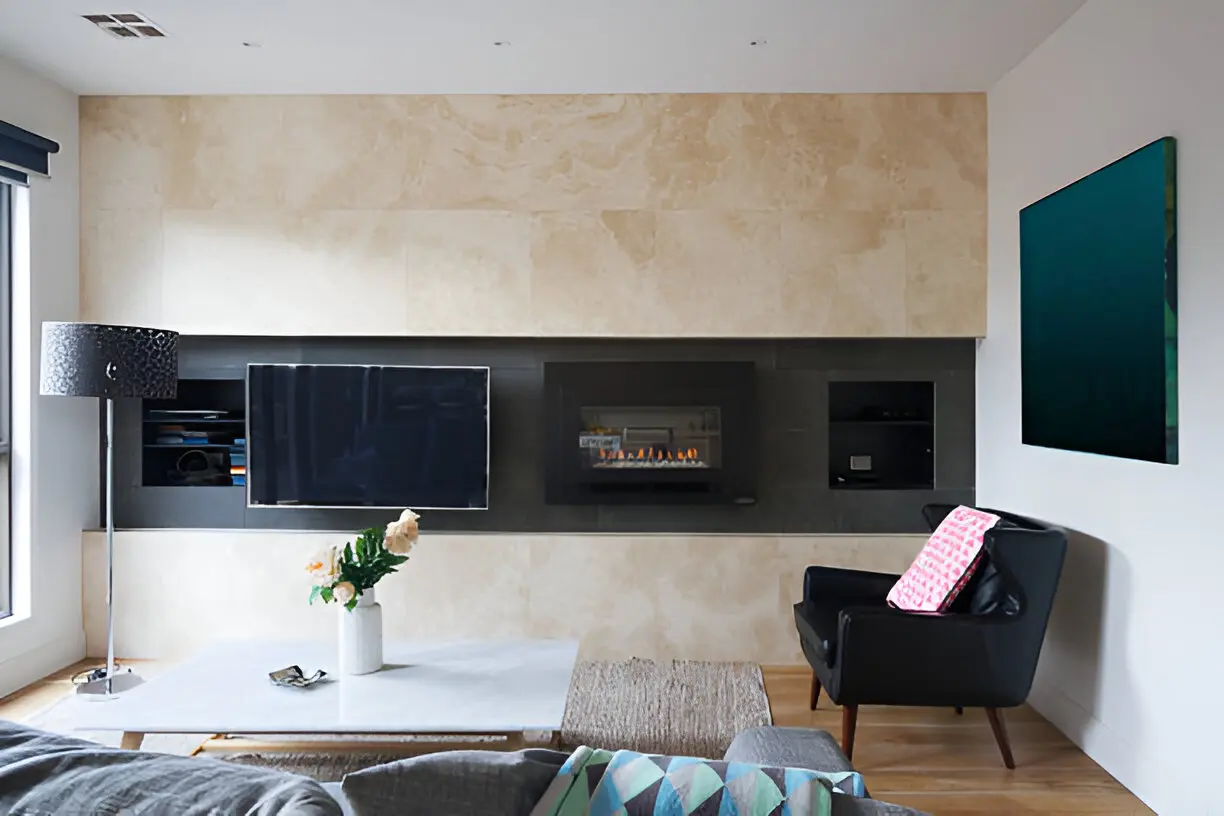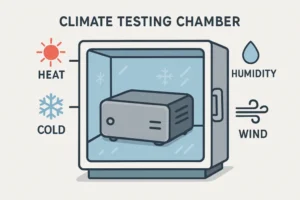Choosing the right heating system is crucial for Melbourne homeowners who want both comfort and cost-efficiency during colder months. With winter temperatures often dipping into the single digits, your fireplace isn’t just a design feature—it’s a functional necessity. If you’re torn between a gas log fireplace and a traditional wood heater, it’s essential to weigh their differences carefully to determine which suits your lifestyle, home layout, and heating needs.
Below, we’ll compare both heating options based on factors like efficiency, cost, maintenance, aesthetics, and eco-friendliness.
Heating Efficiency
Gas Log Fires:
Modern gas log fireplaces are highly efficient, offering steady, controllable heat output at the push of a button. They’re ideal for zoning—heating only the spaces you’re using, which can reduce energy bills. Many units come with efficiency ratings (up to 90% or more), meaning you’ll waste less energy and enjoy faster, more consistent warmth.
Wood Heaters:
Traditional wood heaters can also be very effective in heating a room or even an entire home when properly installed. However, they require time to ignite and reach optimal temperature. Heat control is less precise, and you may need to refuel frequently during extended use.
Verdict: If efficiency and ease of control are your priorities, gas log fires are the superior choice.
Convenience and Maintenance
Gas Log Fires:
Gas fires win hands down in terms of convenience. With just a remote or wall switch, you can ignite or extinguish your fire instantly. There’s no chopping, stacking, or hauling wood, and the cleanup is minimal—no ash, soot, or chimney sweeping required regularly.
Wood Heaters:
While they offer a rustic experience, wood heaters require more manual labour—collecting wood, starting the fire, and maintaining it. Cleaning out ash and maintaining proper airflow also takes effort. Additionally, your chimney will need regular cleaning to avoid creosote buildup.
Verdict: For low-maintenance households, gas fireplaces are clearly more user-friendly.
Aesthetic Appeal and Ambiance
Gas Log Fires:
Today’s gas log fires are incredibly realistic. With ceramic logs, glowing embers, and even crackling sound effects, they replicate the look and feel of real wood-burning fireplaces without the hassle. Models range from traditional styles to sleek, modern designs—making them suitable for various interior aesthetics.
Wood Heaters:
Nothing quite matches the charm of a genuine wood-burning fire. The smell, sound, and sight of crackling wood offer an authentic, nostalgic experience. If you’re drawn to rustic or farmhouse interiors, a wood heater may better complement your decor.
Verdict: Both offer ambiance, but gas logs provide flexibility in design with less mess.
Environmental Impact
Gas Log Fires:
Natural gas is a cleaner-burning fuel compared to wood. It produces fewer particulates and emissions, contributing to better indoor and outdoor air quality. Plus, many newer models are built to meet strict environmental standards.
Wood Heaters:
Wood is a renewable source, but burning it releases smoke, particulates, and carbon into the atmosphere. Even well-seasoned hardwood creates more air pollution than gas. This makes wood heaters less ideal in areas where air quality is a concern.
Verdict: If you want a greener, cleaner heat source, gas wins.
Installation and Cost
Gas Log Fires:
Installation costs can vary based on whether you’re installing a freestanding unit or a built in gas fireplace. Built-ins may require more planning and labour, especially if venting or gas line extensions are needed. However, once installed, operational costs are generally lower thanks to efficiency.
Wood Heaters:
Wood heaters are relatively affordable to purchase, but installation can become expensive, especially if you need a chimney or flue system built from scratch. You’ll also need to factor in the ongoing cost and storage of firewood.
Verdict: Initial investment may be similar, but gas offers more long-term savings and flexibility.
Zoning and Smart Integration
Modern gas fireplaces are compatible with smart thermostats and home automation systems. You can set heating schedules or even control the unit remotely through an app. Wood heaters don’t offer this level of integration—they’re entirely manual.
For homes with open-plan designs or multi-zone heating requirements, gas is far more adaptable and responsive.
Safety and Compliance
Gas fireplaces are generally safer, with built-in safety features like oxygen depletion sensors and sealed combustion systems. There’s no risk of sparks or flying embers, which is a concern with open wood fires. Most models are also tested and compliant with Australian safety regulations.
Wood heaters require caution—especially in homes with pets or children. Sparks, hot surfaces, and emissions can pose risks if not properly managed.
Final Thoughts
When it comes to heating your Melbourne home, your choice depends on what you value most: traditional charm or modern convenience. If you’re drawn to the sensory experience of firewood and don’t mind the work, a wood heater could satisfy your needs. But for most homeowners who prioritise efficiency, cleanliness, ease of use, and eco-friendliness, a gas log fire is the better long-term solution.
Climatise offers a premium selection of both built-in and freestanding gas fireplaces—ideal for those seeking a stylish, powerful, and low-maintenance heating solution tailored to Melbourne’s climate and modern lifestyle.
Also Read-Love Your Old Home: Maintenance Made Simple








